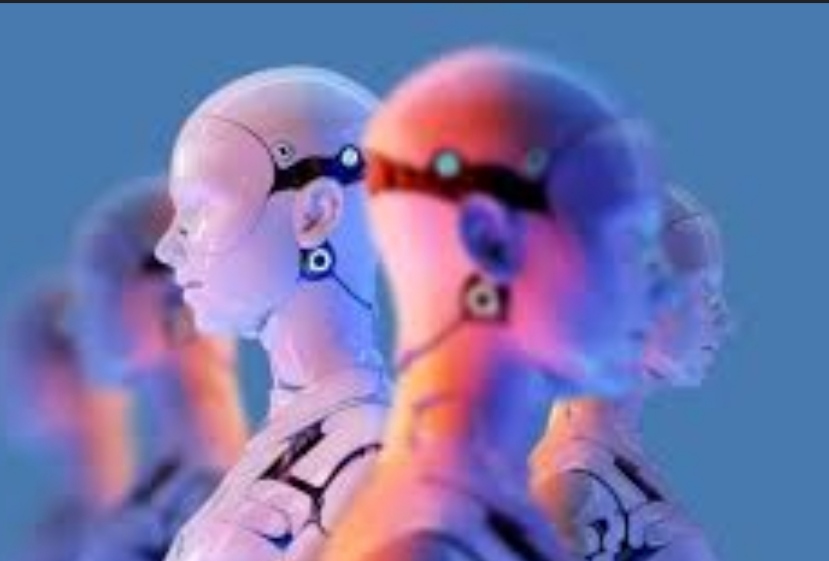The ongoing debate between job growth and automation remains a significant concern in today’s workforce. Automation, driven by rapid technological advancements, has the potential to streamline processes, increase efficiency, and reduce costs for businesses. However, it also raises concerns about potential job displacement.
On one hand, automation can create jobs in industries related to technology, such as software development and robotics. These sectors have experienced steady growth as businesses seek to adopt and maintain automated systems. Moreover, automation can lead to the creation of new roles to design, operate, and maintain automated processes. This shift has the potential to drive innovation and boost economic growth.
On the other hand, the fear of automation replacing human workers is not unfounded. Industries that rely heavily on manual labor, such as manufacturing and certain aspects of customer service, have witnessed job losses due to automation. The challenge is to ensure that displaced workers are equipped with the necessary skills to transition into new roles created by automation.
To address the potential negative impacts of automation, policymakers, educators, and business leaders must collaborate. Initiatives such as reskilling and upskilling programs are essential to prepare the workforce for the changing job landscape. These programs can provide individuals with the skills needed to adapt to new roles and industries.
In conclusion, the relationship between job growth and automation is a complex one. While automation has the potential to drive job creation in some areas, it can also lead to job displacement in others. To strike a balance, a concerted effort is needed to ensure that the workforce remains adaptable and equipped with the skills necessary to thrive in an increasingly automated world.




